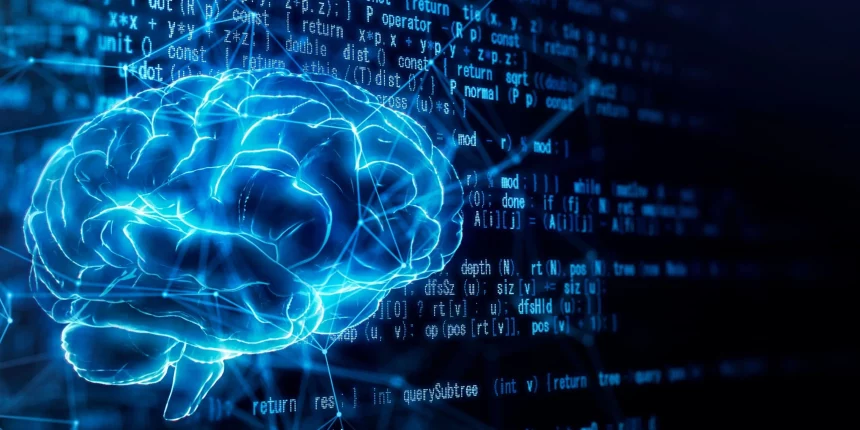In the ever-evolving landscape of cybersecurity, email security remains a paramount concern in 2023 and beyond. With the proliferation of digital communication, ensuring the confidentiality and integrity of emails is essential.
Securing Email in 2023 and Beyond To bolster email security, several best practices are recommended. First and foremost, adopting a zero-knowledge architecture is advisable.
This means that email service providers do not have access to user decryption keys or messages, thereby mitigating the risk of internal breaches. Additionally, employing end-to-end encryption is essential. This encryption method ensures that messages are only readable by the intended recipients, as encryption occurs on the senders’ devices.
Strong passwords and Two-Factor Authentication (2FA) play a pivotal role in safeguarding email accounts. Passwords should comprise at least 12 characters and include diverse elements. The introduction of 2FA, which adds an extra layer of security by requiring a phone-based code for access, is highly effective in thwarting unauthorized entry.
Email users should also exercise caution when it comes to phishing attempts. Hackers frequently exploit this vulnerability, so individuals should avoid clicking on suspicious links or opening attachments from unknown sources.
Opting for secure email services that offer end-to-end encryption further enhances email security. Also, keeping email software up-to-date with regular updates is crucial, as these updates often patch vulnerabilities, including those related to email protection. Staying informed about evolving threats by following security experts and reading relevant blogs and newsletters is equally important.
Latest Trends in Email Security In 2023, email security is witnessing several noteworthy trends. One of these trends is AI-driven threat detection. Artificial Intelligence (AI) is increasingly being employed to identify emerging email threats. By analyzing patterns and anomalies, AI can effectively counter phishing and malware, leading to quicker threat identification and blocking.
Another emerging trend is the adoption of zero-trust architecture. This approach involves trusting no user or device, and instead, continuous verification is implemented to safeguard email access.
This strategy significantly reduces the risk of unauthorized entry and the spread of threats. Enhanced authentication, particularly through Multi-Factor Authentication (MFA), is gaining traction.
MFA adds layers of security by requiring both a password and a phone-based code for email access, making it challenging for attackers to breach email accounts. Lastly, email sandboxing is becoming more prevalent.
This entails subjecting suspicious emails to safe analysis in isolated environments, allowing for risk-free identification and blocking of malicious content.
Balancing Human Error with Next-Gen Tech Balancing human error with advanced technologies like AI-based threat detection and response is essential for a robust cybersecurity strategy. Achieving this equilibrium involves several key actions.
First, organizations should prioritize cybersecurity training. Regular training empowers employees to spot threats, adhere to protocols, and cultivate a security-aware culture. Prompt reporting of incidents should become second nature.
To strike the right balance, it’s crucial to blend human expertise with AI capabilities. While AI can automate tasks and identify threats swiftly, human insights are invaluable for interpreting complexity and making strategic decisions. The collaborative synergy between humans and AI optimizes defense mechanisms.
Continuously refining the integration of human and AI resources is vital. Regularly assessing and updating the roles of both humans and AI in incident response allows organizations to identify enhancements, thereby elevating the overall cybersecurity approach. These actions harmonize human and technological elements, fortifying organizations against cyber threats effectively.
Email Security Best Practices To enhance email security and create a safer digital communication environment, individuals and organizations can follow these best practices:
By Saurabh Prasad, Senior Solution Architect at In2IT



